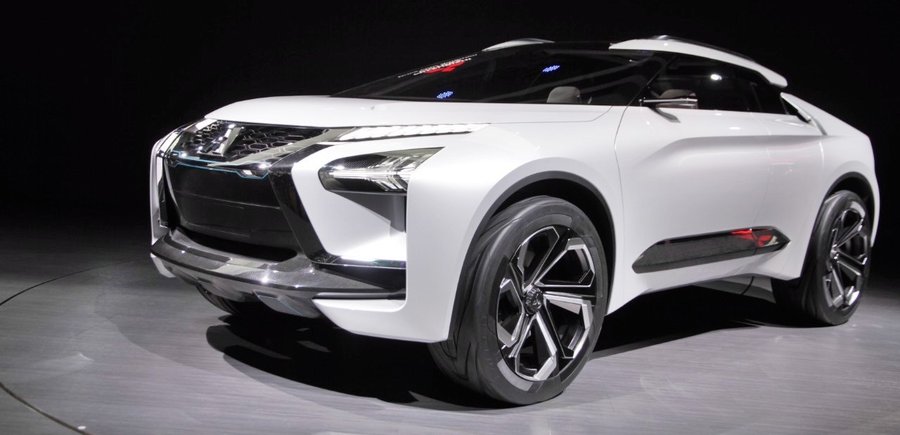The potent, raw sport sedan that was a semi-mythical enthusiast fantasy for years is dead. In its place now comes an electric crossover, called the e-Evolution, as the Japanese automaker moves forward in a new era where mobility matters more than performance.
It's a tacit admission that a small company can't afford to compete in the narrowest of niches — sport sedans — and a shrinking one at that. The e-Evolution shows Mitsubishi's new strategic direction, and it will be capable of using artificial intelligence, connectivity and other mobility solutions.
Enthusiasts will take heart that the e-Evolution has all-wheel drive, a sophisticated three-motor system that works with Mitsu's Super All-Wheel Control to aid traction and driving dynamics. The electric batteries feeding the powertrain are placed in the middle of the concept underneath, which provides a low center of gravity.
The design is striking. It's sharp with indentures, a prominent grille and large wheels set at the corners. There's huge air intakes, the ride height is elevated, and the back end features a hexagon design that recalls the spare tire cover from the Mitsubishi Shogun off-roader. The back also has jet-styled mini tailfins that help pass air cleanly by the sides to aid aerodynamics. Inside is a large flat screen bookended by two smaller screens. The e-Evolution also has sensors that help the vehicle read road conditions and try to coordinate the driver's intent.
In short, this isn't your father's Evo. That's not Mitsubishi's intent. Rather, it's putting all of its best technologies under the umbrella of its most famous name on a vehicle that will compete in the largest part of the market. It's no longer the Evo as you knew it, but it's definitely an Evolution.

